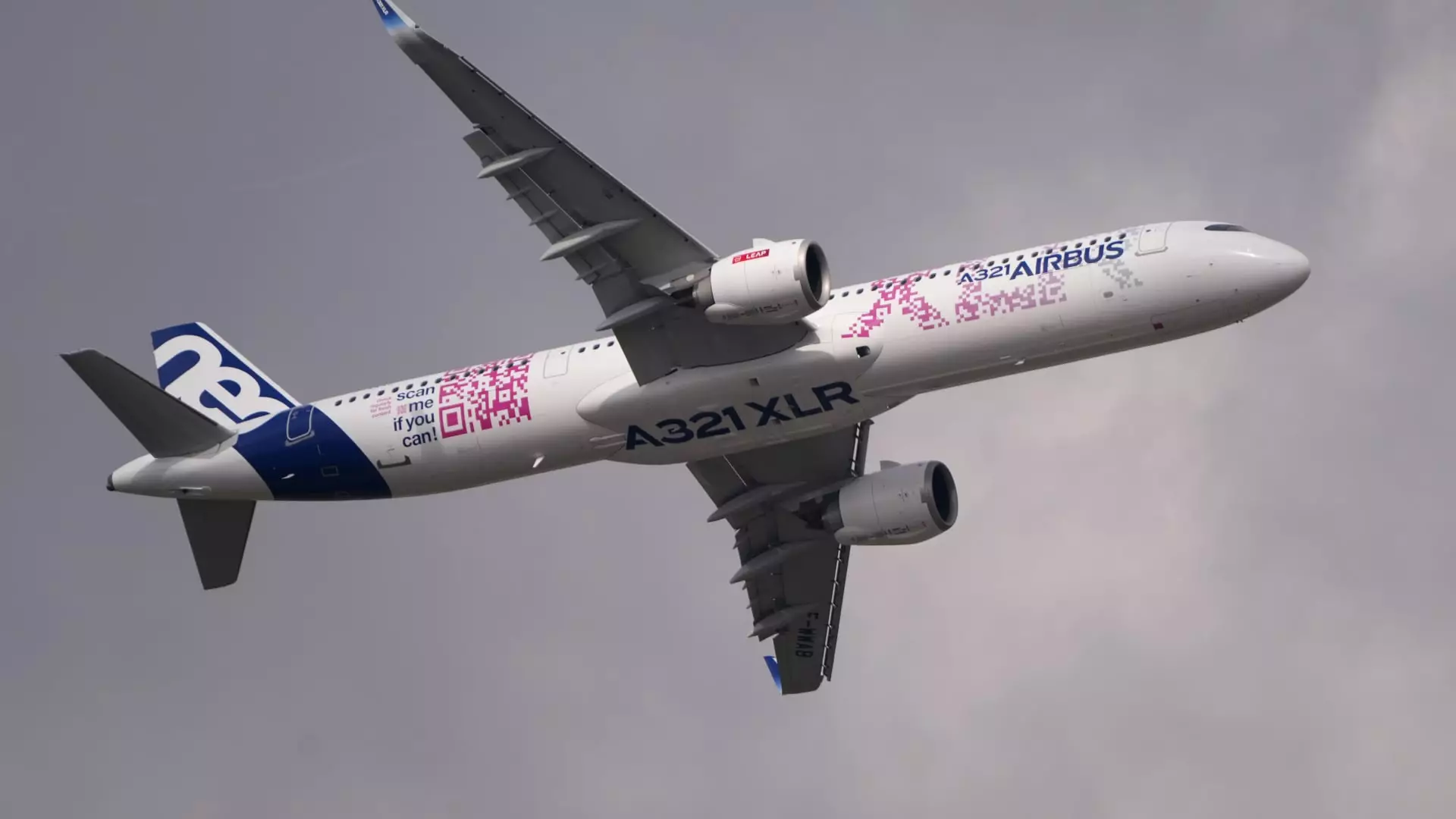Airbus has made significant strides in the aviation sector with the recent delivery of its first A321XLR aircraft, a pivotal moment that showcases the shift towards more efficient, long-range, narrow-body jets. This milestone, situated firmly within the ongoing competition with Boeing, signifies not just a technological advancement but also reflects changing market demands for airline operators. The integration of the A321XLR is set to revolutionize transatlantic travel, offering airlines an opportunity to expand their route networks with greater flexibility.
The A321XLR promises an impressive flight range, capable of covering up to 4,700 nautical miles, effectively providing airlines with the capability to operate non-stop flights lasting around 11 hours. Such distance capability marks a significant improvement—approximately 15% more than its predecessor, the A321LR. This extended reach aligns perfectly with modern airline strategies eager to optimize their fleets for both profitability and sustainability. The aircraft’s design focuses heavily on fuel efficiency, boasting a 30% reduction in fuel consumption compared to previous generations of aircraft. This emphasis on lower operational costs addresses a critical concern for airlines today, as they aim to minimize expenditures and meet growing environmental regulations.
The introduction of the A321XLR diversifies Airbus’s aircraft lineup and sharpens its competitive edge against Boeing. While Airbus enhances its presence in the narrow-body segment with over 500 orders for the A321XLR, Boeing grapples with challenges stemming from the 737 Max crisis and subsequent operational setbacks. Following two tragic crashes, Boeing has been forced to rethink its strategic priorities, delaying plans for an entirely new aircraft designed to fit between narrow-body and wide-body categories—an important niche that airlines need to fill, particularly for replacing aging fleets like the 757.
Boeing’s attempts to streamline operations through workforce reductions and a focus on core business segments further highlight the competitive dynamics at play. While Airbus celebrates a successful launch, Boeing’s stagnation raises questions about its long-term strategy and recovery.
Spanish airline Iberia is set to be the first to deploy the A321XLR on its Madrid to Boston route next month, a strategic move that promises to attract transatlantic travelers seeking options that blend cost-efficiency with convenience. Other major carriers, including American Airlines and United Airlines, have also placed substantial orders for this aircraft model, indicating strong market confidence in its performance capabilities.
As the aviation sector continues to adapt to customer expectations and economic realities, the A321XLR represents a forward-thinking solution aligning with today’s air travel needs. Its introduction is more than just about Airbus’s strategic advantage; it signals an evolution in air travel, where efficiency and environmental considerations play central roles in shaping the future of flight. With the aviation industry navigating through recovery and innovation, the A321XLR positions Airbus at the forefront of a transformative period, potentially reshaping our skies for years to come.


Leave a Reply